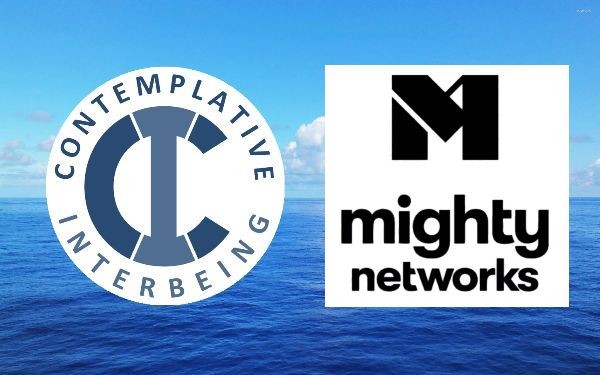It’s a metaphor for interbeing
byBarbara O’Brien Updated January 25, 2018
Indra’s Jewel Net, or the Jewel Net of Indra, is a much-loved metaphor of Mahayana Buddhism. It illustrates the interpenetration, inter-causality, and interbeing of all things.
Here is the metaphor: In the realm of the god Indra is a vast net that stretches infinitely in all directions. In each “eye” of the net is a single brilliant, perfect jewel. Each jewel also reflects every other jewel, infinite in number, and each of the reflected images of the jewels bears the image of all the other jewels — infinity to infinity. Whatever affects one jewel effects them all.
The metaphor illustrates the interpenetration of all phenomena. Everything contains everything else. At the same time, each individual thing is not hindered by or confused with all the other individual things.
A note on Indra: In the Vedic religions of the Buddha’s time, Indra was the ruler of all gods. Although believing in and worshiping gods really isn’t part of Buddhism, Indra makes many appearances as an iconic figure in the early scriptures.
:max_bytes(150000):strip_icc():format(webp)/GettyImages-569040885-56cdc4185f9b5879cc5bf429.jpg)
The Origin of Indra’s Net
The metaphor is attributed to Dushun (or Tu-shun; 557-640), the First Patriarch of Huayan Buddhism. Huayan is a school that emerged in China and is based on the teachings of the Avatamsaka, or Flower Garland, Sutra.
In the Avatamsaka, the reality is described as perfectly interpenetrating. Each individual phenomenon not only perfectly reflects all other phenomena but also the ultimate nature of existence. The Buddha Vairocana represents the ground of being, and all phenomena emanate from him. At the same time, Vairocana perfectly pervades all things.
Another Huayan Patriarch, Fazang (or Fa-tsang, 643-712), is said to have illustrated Indra’s Net by placing eight mirrors around a statue of the Buddha—four mirrors around, one above, and one below. When he placed a candle to illuminate the Buddha, the mirrors reflected the Buddha and each other’s reflections in an endless series.
Because all phenomena arise from the same ground of being, all things are within everything else. And yet the many things do not hinder each other.
In his book Hua-yen Buddhism: The Jewel Net of Indra (Pennsylvania State University Press, 1977), Francis Dojun Cook wrote,
“Thus each individual is at once the cause for the whole and is caused by the whole, and what is called existence is a vast body made up of an infinity of individuals all sustaining each other and defining each other. The cosmos is, in short, a self-creating, self-maintaining, and self-defining organism.”
This is a more sophisticated understanding of reality than to simply think everything is part of a greater whole. According to Huayan, it would be correct to say that everyone is the entire greater whole, but also is just himself, at the same time. This understanding of reality, in which each part contains the whole, is often compared to a hologram.
Interbeing
Indra’s Net is very much related to interbeing. Very basically, interbeing refers to a teaching that all of existence is a vast nexus of causes and conditions, constantly changing, in which everything is interconnected to everything else.
Thich Nhat Hanh illustrated interbeing with a simile called Clouds in Each Paper.
“If you are a poet, you will see clearly that there is a cloud floating in this sheet of paper. Without a cloud, there will be no rain; without rain, the trees cannot grow: and without trees, we cannot make paper. The cloud is essential for the paper to exist. If the cloud is not here, the sheet of paper cannot be here either. So we can say that the cloud and the paper inter-are.”
This interbeing is sometimes called the integration of universal and particular. Each of us is a particular being, and each particular being is also the entire phenomenal universe.

